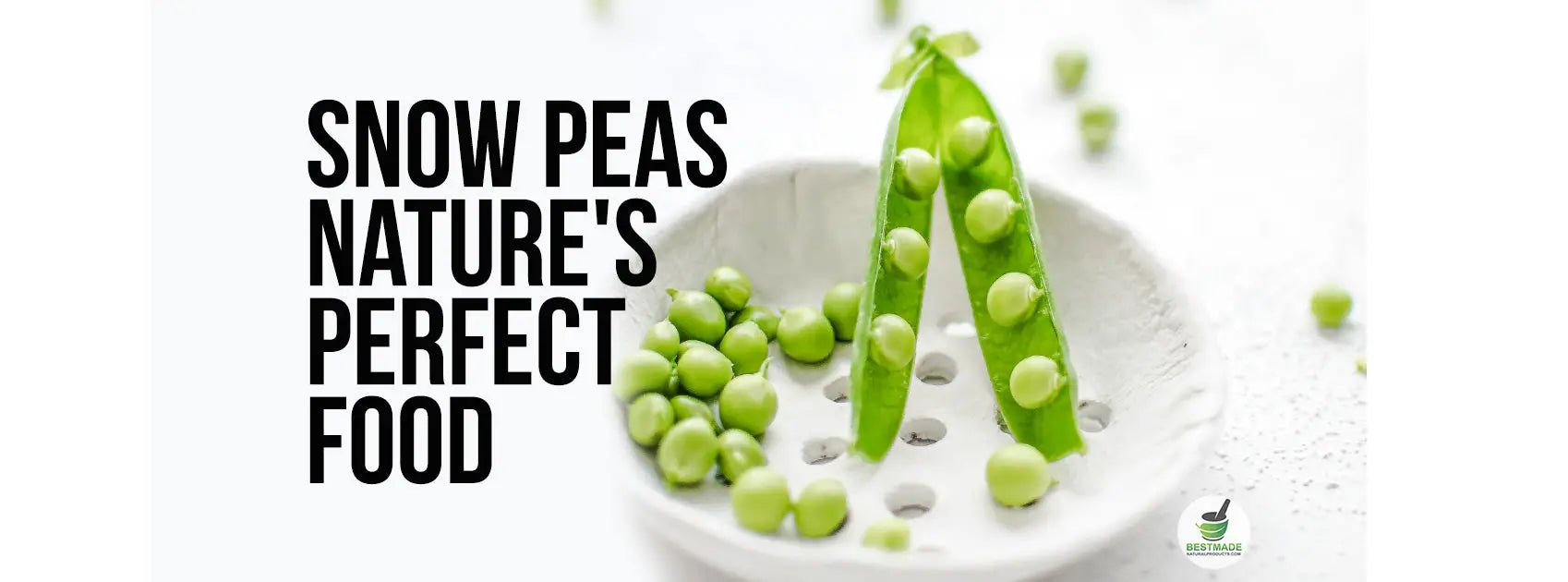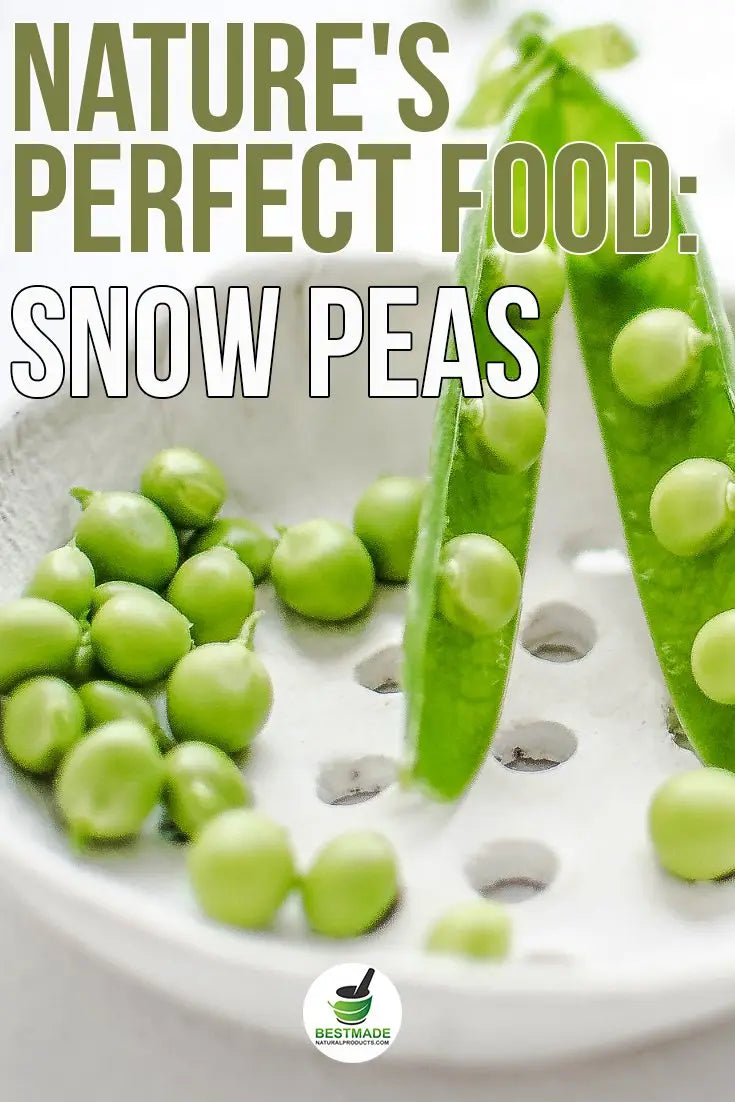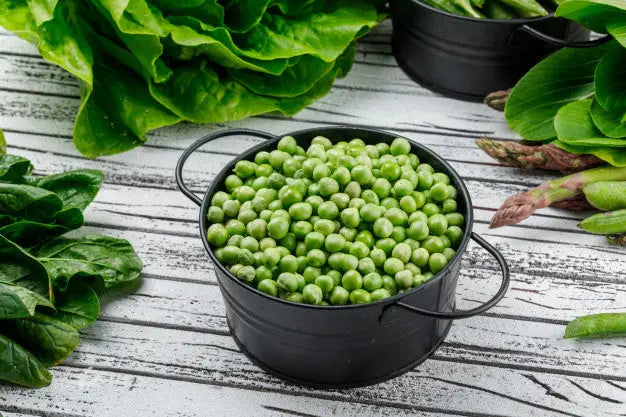
Nature's Perfect Food: Snow Peas

If you’ve only been eating green peas all your life, you’ve been missing out on the best nature has to offer! Introducing the cousin of the classic green pea, the snow pea.
Now contrary to what the name indicates, this legume (as the pea family is classified) is not found solely in the snowy frozen areas of the globe, although they once might have been. Used for centuries in Chinese cuisine, a few decades ago the only places you would ever see snow peas were in Chinese restaurants or communes.

I’ve Never Seen Snow Peas, How Do I Know What I’m Looking For?
Excellent question! In fact, snow peas are distinctly different from its sometimes confused other cousin, sugar snap peas. Snow peas are typically found in brightly colored green, flat pods, with the peas themselves being small and hardly visible from outside the pod. On the other hand, sugar snap peas are contained in much larger pods, distinctly plump, with visible seeds.
If this is your first time picking up some from your local market, go for the pods that are no longer than about 3 inches, and appear clean and fresh. Do not use those with signs of aging, or that appear crackly or wilted.
Why Should You Care About Consuming Snow Peas?

The nutritional profile of the snow pea is phenomenal, containing tons of vitamins and minerals, while also being low-moderate in the carbohydrate department. In fact, this tiny nutritional powerhouse boasts very good levels of the following:
Vitamins A, C And K- vitamins A and C are some of the most potent anti-oxidants on the planet, capable of scavenging and neutralizing harmful free radicals in our body. They also play important roles in maintaining various body processes and organ systems. Vitamin K is much rarer, in the sense that it is not widely found or consumed by the majority of the population, but yet plays an extremely important role in regulating bone metabolism as well as assisting in the blood-clotting cascade.
Calcium And Magnesium- though containing smaller amounts of other minerals, snow peas contain decent amounts of these two important bone-building minerals. In addition, calcium and magnesium have demonstrated a role in maintaining neuro-muscular integrity, as well as preventing muscular disorders (cramping, spasms)
Omega Fatty Acids- snow peas contain moderate amounts of omega-3 and 6 fatty acids, although omega 6 is found widely in other foods. Omega-3, however, is critical for its many anti-inflammatory functions in the body, and is also important in maintain healthy cell structure.
In addition, snow peas can be helpful in helping manage symptoms of IBS (irritable bowel syndrome) as the peas are frequently consumed in pod, allowing for sufficient fiber intake.
As if that wasn’t enough, you can expect to see mild improvements of your cholesterol too, since fiber classically binds bile acids and aids excretion.
Unmatched Versatility
Snow peas are an extremely versatile food, in that it can be prepared regardless of where you are or what cooking implements you have.
Stuck on a deserted island? No problem!
Snow peas can be eaten as-is. Chinese typically stir fry the peas, although steaming or just buttered works well too. Preparation under het just requires 2-3 minutes, enough to make them tender while still retaining maximum nutritional content.
Conclusion
Switching our classic green peas for its snowy cousin is a no-brainer. Their ease of preparation (or none at all) makes them extremely convenient for the newbie or seasoned cook.
In addition, their nutritional density, low caloric burden, and loads of fiber make them a handy go to food when trying to lose weight.








Leave a comment